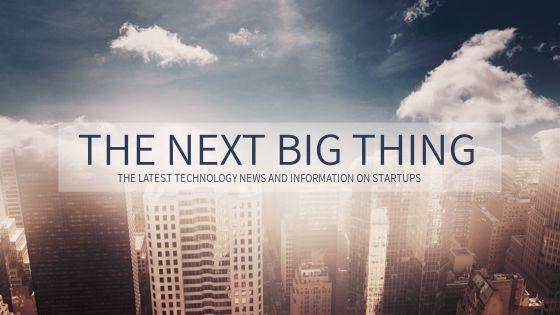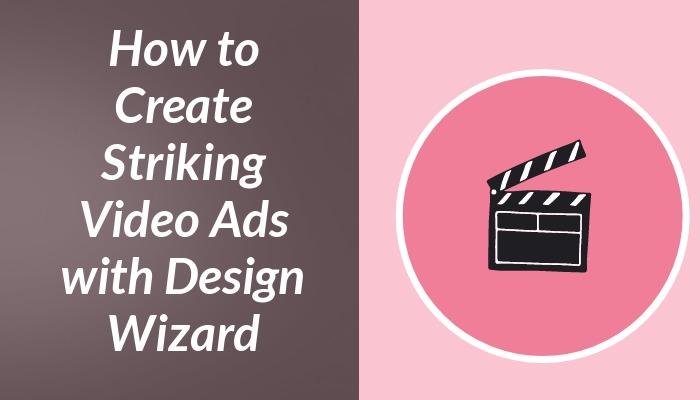In this guest post, Ross Lauder of Get Focused outlines how content marketers can use visual content to increase conversion rates.
Business lead gen activities boil down to one single thing – selling things in a clear and value orientated fashion.
Reach and awareness are important goals too as businesses need to be able to identify and find prospective customers. But, it is still possible to have a world renowned business, have people reciting your ad copy by heart with little or no positive impact on sales. In this case, your reach is pointless and you’re likely to go nowhere and fast if all you care about is posting on facebook without purpose.
For us, online is both our primary and favorite way of increasing awareness and conversion through content marketing. Roughly nine out of ten marketers use content marketing. Nine out of ten businesses view content marketing as a business asset. The number of content pieces businesses produce varies. For example, The Huffington Post produces roughly 1,200 pieces of content every day. But small businesses can produce as little as four blogs each month and be effective. In any case, the almighty Google will determine how relevant your content is when pitted against your competitors. So I’ll assume you got the memo on the SEO and content train having left the station. But as Einstein said it’s all about ‘relativity’.
When using content for marketing, quality always trumps quantity and purposefulness trumps both. Having defined your marketing personas, you know their pain points intimately. You will have considered searcher and buyer intent, and the content you produce will reflect these stages.
Different types of content are better suited for influencing readers in different ways.
A business that wants to build awareness should produce shareable content such as curated lists, quality articles, quizzes, memes, photos, and infographics.
Proof content is used by marketers to increase conversion rates. This type of content includes testimonials and reviews, feature guides, case studies, pricing guides, and trend reports. Readers of this type of content are in the consideration stage of the sales process. These leads are considered more qualified from a sales perspective, and there for further down the buyers’ journey.
So Why Is the Visual Element Important?
There are two reasons why visual content is important. One is scientific the other is aesthetic.
From a scientific perspective, data has shown time on page is a vital on-page ranking factor. (Brian Dean’s blog on 200 ranking factors has experiential data showing this). Ironically, people spend less than eight seconds deciding whether to spend more time with your content or not. A quick and simple preview graphic is the best way to capture and engage.
From an aesthetic perspective when it comes to our senses, we rely on our sight most of all. In fact, two out of three impulses that are running through your brain right now are doing it in service of sight. As a result, we process images very fast. A dozen milliseconds is all it takes for our brain to process one, much faster than it processes text.
We also react differently to images than we do to text. The image of a person smiling will not have the same effect on us as reading the word ‘smile’. And reading the word “red” will not have the same effect as viewing the color.

Even those outside of the content marketing world are aware how important visuals are in the buying and selling process. Ads are littered with expressive visual components and those working on websites and landing pages carefully consider the images used.
Did you know that first-time visitors to a website make their impression of a website in roughly 50 milliseconds? Thus the first impression is purely visual. There is too little time for any text content to affect the impression and well before the eight-second decision process even begins.
So in real world digital marketing, how does this play out? Perhaps you’ve invested in a tool like HubSpot But what next? You’ve got to feed the beast with valuable and engaging content in order to be successful.
In a world with increasingly short attention spans, content marketing message must stand out to get more views, more shares, more clicks, and ultimately more conversion.
We won’t get a seat at the table unless we have the ability to grab attention and pack plenty of information that is easily digestible and doesn’t overwhelm.
The Power of the Human Face
Images containing human faces can be the marketer’s best friend. Faces not only attract the gaze and express emotion, they can also trigger those emotions in the viewer. A picture containing a face with a scared expression can cause the viewer to feel uneasy, just like a picture of a smiling face can cause the viewer to smile. Marketers with the conversion rate on their mind can utilize this in several different ways.
First of all, including images of real people in your visuals creates the opportunity to reinforce the message conveyed by copy. Let’s say your copy reads ‘Tired of your slow Internet connection?’ and you’re looking for an image to go with it. You could illustrate it with an image of a video buffering. Or you can illustrate it with an image of a person angrily looking at their computer while the video is buffering. Which one do you think will be more effective?

You have the copy that explains the problem, and you have the image that evokes the feeling people experience when they encounter the problem. It’s important that the problem and the facial expression don’t clash – you couldn’t have illustrated that copy with an image of a person smiling.
The human face can do one more important thing for a business – it can humanize it. Using faces of real employees and management shows the potential customers that they’re dealing with real people, not just a website or a faceless script. And people like to deal with other people much more than they like to deal with icons, avatars or faceless corporate logos.

Reimagining Conversion-Driving Content With Visuals in Mind
Testimonials and user reviews are the types of content that arguably have biggest potential to increase conversion rates. Featuring testimonials and reviews on a website can give the visitors social proof right where a conversion is made.
Testimonials and reviews can be even more effective if they include an image of the person who wrote it. Ideally, this person will be using the business’ product or services in the image. Combining testimonials and reviews with facial images gives the copy a boost. I’m confident that if you test it you’ll quickly see it is worth the effort.

As content marketers we want readers to give us their contact details in exchange for something of equal or even greater value. Features guides and product demos can rely on images heavily and contain just enough text to explain what’s seen on the images.
Case studies, pricing guides, and trend reports are the types of content that usually contain hard data. People like statistics and numbers in general in their content, but it can be a tedious read if they’re not given a breather. Visual elements can help this type of content in two ways. First by giving them a means of condensing lots of data into a format that’s more easily digested. Second by providing readers with illustrations that can serve as points of respite from reading information heavy text.

When it comes to content marketing, the biggest mistake you could make would be to think that text-only content or visuals-only content is able to drastically boost conversion rates. Every type of content marketing that is capable of driving conversions needs to use both text and visuals.
Written content that’s used for conversion either relies on an audience having purchase intent or needing some kind of social proof. The biggest boost to conversion rates comes from knowing how to do both – create effective written content and use the power of the visuals to drive that same point home.
In short, written content with meaningful insight and visual content that breaks down this content into bite-sized pieces will ultimately increase your conversion rate, just go and test it!
About Ross Lauder
Ross Lauder is Director of Sales and Marketing at Get Focused. Here he works with agencies and partners to deliver exceptional value for their customers through content and technology. Ross has extensive knowledge of sales, marketing, people management, process improvement, cross-cultural/ cross-functional management and customer experience. A graduate of the University of Queensland, Australia and Trinity College Dublin, he has a proven track record in sales management with multinationals. He is a regular contributor on the Get Focused Blog where he writes about Sales, Marketing, and ROI.

Claire O'Brien


